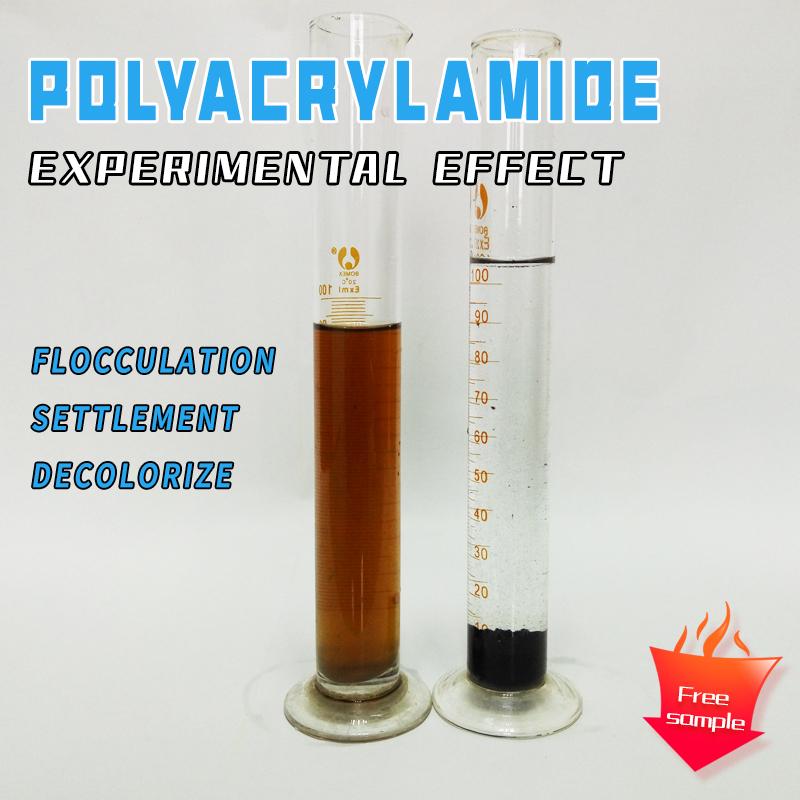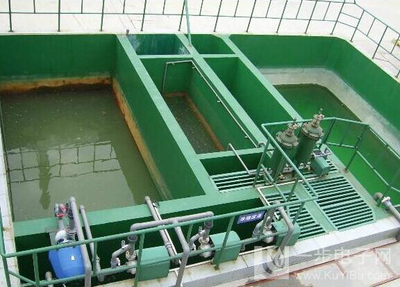The water crisis is severe, and water and wastewater treatment needs to be strengthened. Polyacrylamide is effective for sewage. It is recommended to use coagulation, sedimentation, filtration process, combined with reverse osmosis technology for desalination and purification. Use polyaluminium chloride and polyacrylamide as flocculants to achieve stable water quality and reduce pollution
Water has become an important factor restricting sustainable development. The water crisis is more severe than the energy crisis. Strengthening the treatment and recycling of water and wastewater, realizing water use according to quality, and reducing the discharge of pollutants have become one of the important prerequisites for social survival and sustainable development. Polyacrylamide, as the nemesis of sewage, has attracted widespread attention. How to use polyacrylamide rationally?
At present, the more common reverse osmosis water pretreatment process is coagulation, sedimentation, and filtration. These three steps overcome the weaknesses of traditional filtration processes, such as poor adaptability to raw water quality fluctuations and unstable effluent quality. When the raw water quality fluctuates within a certain range, the effluent quality after these three steps is very stable. It is recommended to use an integrated treatment device that places these three processes in one device. In the coagulation stage, polyaluminum chloride and polyacrylamide will play a major role, and the use of these two agents will have a greater impact on subsequent process links.
The following water treatment processes are commonly used to treat alkaline wastewater:
1. Adding PAC and PAM to raw water
Because raw water contains a lot of pollutants and impurities, in order to ensure the smooth progress of subsequent treatment processes, polyaluminium chloride and polyacrylamide high molecular flocculants need to be added to the raw water before entering the treatment device, so that the pollutant particles in the raw water can flocculate and precipitate, thereby reducing the turbidity of the raw water.
Polyaluminium chloride and polyacrylamide can remove the charge of colloids and other negatively charged particles in water, causing them to condense into large particles and precipitate, which can be removed by filtration. At the same time, the use of these two polymer flocculants can play a role in sterilization, disinfection and algae removal, preventing microorganisms in water from growing and causing fouling in subsequent treatment devices.
2. Integrated treatment device
Investigations show that at present, domestic small and medium-sized water treatment companies generally use integrated treatment devices that combine coagulation, sedimentation, and filtration in one device to remove suspended matter in the water and reduce turbidity. Integrated devices save costs and reduce the labor intensity of operators.
After polyaluminum chloride and polyacrylamide polymer flocculants are added to the raw water, they react in the device to form flocs (alum flowers), which then enter the inclined plate sedimentation tank to precipitate large particles of flocs and enter the filtration area. Quartz sand and activated carbon are generally used for filtration. The suspended matter content of the effluent after filtration is below 2 mg/L.
3. Reverse Osmosis
The reverse osmosis process is currently the most advanced water treatment process in China. It is an advanced desalination process that can usually remove more than 95% of the salt in the water. In this project, the raw water TDS is 10579.79 mg/L, and the effluent after reverse osmosis desalination is below 529 mg/L. After the reverse osmosis membrane, other residual suspended matter, colloids, bacteria, and viruses in the water are basically removed. The hardness can be below 1 mg/L.
The reverse osmosis process mainly uses the function of the reverse osmosis membrane to remove impurities in the water to achieve the purpose of raw water purification. The selection and rational use of reverse osmosis membranes are very important when treating alkaline wastewater. The use of ordinary brackish water membranes can achieve a recovery rate of 50%. If the water recovery rate needs to be increased to 75%, seawater desalination membranes are required. Engineers from the water purification department of our polyacrylamide supply company suggest: use ordinary brackish water membranes in the middle section of the reverse osmosis device, use seawater desalination membranes in the first section, use booster pumps between the first and second sections for boosting, and set energy recovery devices at the concentrated water discharge outlet to reduce energy consumption.



